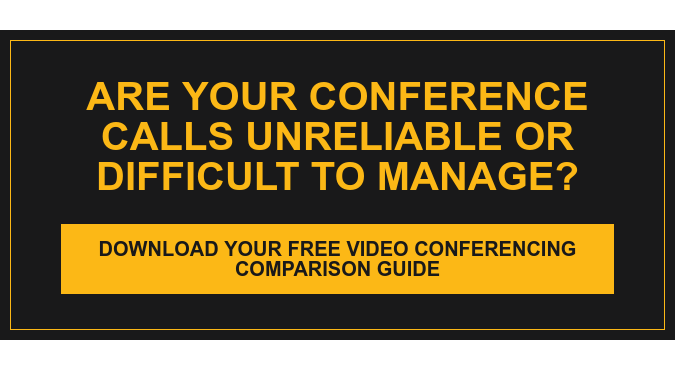Technology is supposed to make us more productive – especially in our meetings. We have electronic calendars, e-communication tools and can start a meeting with anyone – anywhere in the world – with a click of a button.
 Yet, as I sit here after a day overloaded with meetings, I wonder if we have made it too easy to meet. Could that ease actually be stripping away any efficiencies and productivity gains we could achieve? Is meeting etiquette becoming a distant memory?
Yet, as I sit here after a day overloaded with meetings, I wonder if we have made it too easy to meet. Could that ease actually be stripping away any efficiencies and productivity gains we could achieve? Is meeting etiquette becoming a distant memory?
A Salary.com survey found that 47 percent – nearly half – of workers see meetings as the biggest time waster or distraction at work. Let’s change that. Here are seven ways to significantly improve the productivity of your next meeting:
- Flip the agenda.
Too often, meetings begin with background and end with outcomes. That can make the last five to 10 minutes the most productive part of the meeting. By then, many people have checked out literally for another meeting or just mentally. The more effective meetings that I have been a part of flip the funnel and begin with the desired outcomes. Consider even starting the meeting by saying, “This will be a productive meeting if….” - Use an action-driven agenda.
Meetings with agendas run more efficiently and result in more actionable steps. Send the agenda ahead of time, whenever possible, and during the meeting use it to guide the meeting flow and keep everyone focused on each task. For each item on the agenda, seek information and perspectives. Then, identify actions and owners for each of those tasks before moving on. Our director of IS has an effective template that works well for our regular meetings. Download it here. - Track steps and progress.
After the meeting, use the same template to email a recap that identifies the actions, person responsible for each action and due dates. This helps track progress over time and keeps others informed who were not at the meeting (and didn’t need to be). - Be strategic when inviting participants.
When it comes to meetings, it can sometimes feel like a childhood party: we don’t want to leave anyone out. So, everyone gets invited and with tools like video conferencing, people can feel like they are obligated to participate. The more the merrier should not be the motto for meetings. Limiting the number of participants actually leads to more productive meetings. Before scheduling a meeting, determine who needs to attend the meeting and why. If it is just informational, allow it to be optional. Remember the purpose of meetings should be collaboration and action.  Try standing.
Try standing.
Sitting can be too passive when meetings are designed around action. Consider having a stand-up meeting when the topic and goals allow. Stand-up meetings can keep people more focused and are more efficient. Studies have shown that they are 25 percent faster and the participants arrive at the decision 34 percent sooner, according to a report from Brandeis University’s Graduate of Professional Studies.
- Leave time to debrief.
Plan into your agenda 5-10 minutes at the end of the meeting to review action items and next steps. This helps make the most of the time outside of the meeting and can ensure better results in the long-run.
- Provide a “surprise” ending.
Get in the habit of ending your meeting 10 minutes early. Instead of taking the full hour, create and facilitate an agenda that allows you to complete your goals in 50 minutes. This gives people time to hang around to ask questions and gain clarity, when needed. It also is a nice surprise that helps ensure participants are on-time – and focused for their next meeting. It’s a gift we can give each other. More meetings definitely could be completed in 45-50 minutes rather than an hour.
Thanks to collaborative technology and our 24-hour connectivity as a culture, we’re definitely attending more meetings. I know I am. We have an opportunity to be more strategic when conducting meetings so we actually do realize the productivity gains.
In my next blog, I’ll share how we can take back our calendars from meeting overload and some meeting etiquette tips.
